The Independent Payment Advisory Board will have the authority to cut Medicare provider spending to keep it below a cap, with unprecedented autonomy
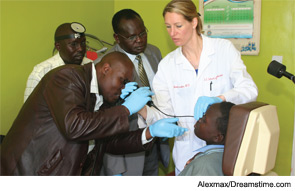
The Rewards and Dilemmas of Surgical Missions
COSM 2012: TRIO Guest of Honor Cautions against Physician Advertising
Physician advertising can mislead patients and change the dynamic of the patient-physician relationship into one of a consumer-client relationship, said Paul A. Levine, MD, FACS, who gave the Guest of Honor presentation here on April 20 at the Triological Society annual meeting. The meeting was held as part of the Combined Otolaryngology Spring Meetings.
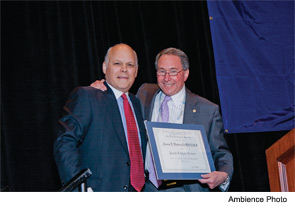
COSM 2012: Insights Gleaned from Treating Paragangliomas
A medical career is a career in discovery, and keys to that discovery are listening carefully to patients, surrounding yourself with intelligent people, and not letting mysteries lie unsolved, said James Netterville, MD, the Joseph H. Ogura, MD, Lecturer at the 115th Annual Meeting of the Triological Society, held here on April 20 as part of the Combined Otolaryngology Spring Meetings.
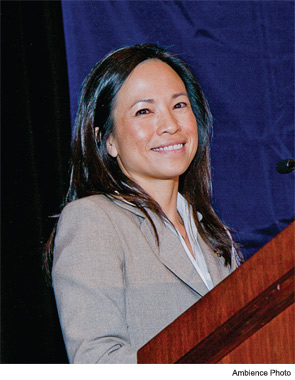
COSM 2012: Award Winners Tackle Sleep-Disordered Breathing, Unilateral Hearing Loss and Tumor Resections
Awards for the best Triological theses this year went to three researchers, including two co-Mosher Award winners and a Fowler award winner. The awards were given here at the 115th Annual Meeting of the Triological Society on April 20, held as part of the Combined Otolaryngology Spring Meetings.
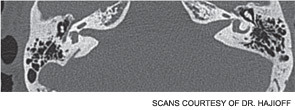
The MRI-CT Faceoff in Pre-Operative Coclear Implant Staging
There is no one right answer to the question of which imaging test is best for patients with hearing loss who are candidates for cochlear implantation. Age, underlying pathology and the ability to tolerate radiation and sedation are just a few of the variables that can determine whether magnetic resonance imaging (MRI), computed tomography (CT) or both are chosen in this clinical setting.
Literature Review: A Roundup of Important Recent Studies
Passive smoke affects ultrastructure of nasal mucosa in children; increased eustachian tube dysfunction in children with obstructive sleep apnea; risk factors for spasmodic dysphonia; predictors of complications of free flap reconstruction

Tips for Avoiding a Wrongful Termination Charge
The reality for most businesses, including medical practices, is that the business owner or another employee is tasked with the uncomfortable role of terminator. If the termination is handled improperly, the former employee may lodge a complaint against you. In fact, wrongful termination charges filed with the United States Equal Employment Opportunity Commission rose last year for the seventh consecutive year.
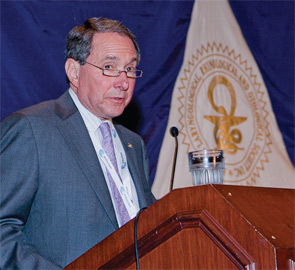
COSM 2012: Dr. Ossoff Emphasizes Leadership, Legacy and Succession in Presidential Address
Triological Society members should strive to achieve leadership, legacy and succession, said Society President Robert H. Ossoff, DMD, MD, FACS, during his Presidential Address at the Triological Society’s 115th Annual Meeting, which was held as part of the Combined Otolaryngology Spring Meetings.
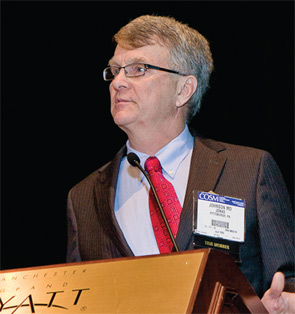
COSM 2012: Dr. Jonas Johnson Explores the Subtleties of PET/CT for Tumors
PET combined with CT might be one of the most powerful imaging technologies available, but how effective it is in evaluating head and neck tumors and helping with treatment is not a cut-and-dried proposition, said Jonas Johnson, MD, in his State of the Art Lecture at the 115th Annual Meeting of the Triological Society, held here on April 20 as part of the Combined Otolaryngology Spring Meetings.
- « Previous Page
- 1
- …
- 249
- 250
- 251
- 252
- 253
- …
- 328
- Next Page »